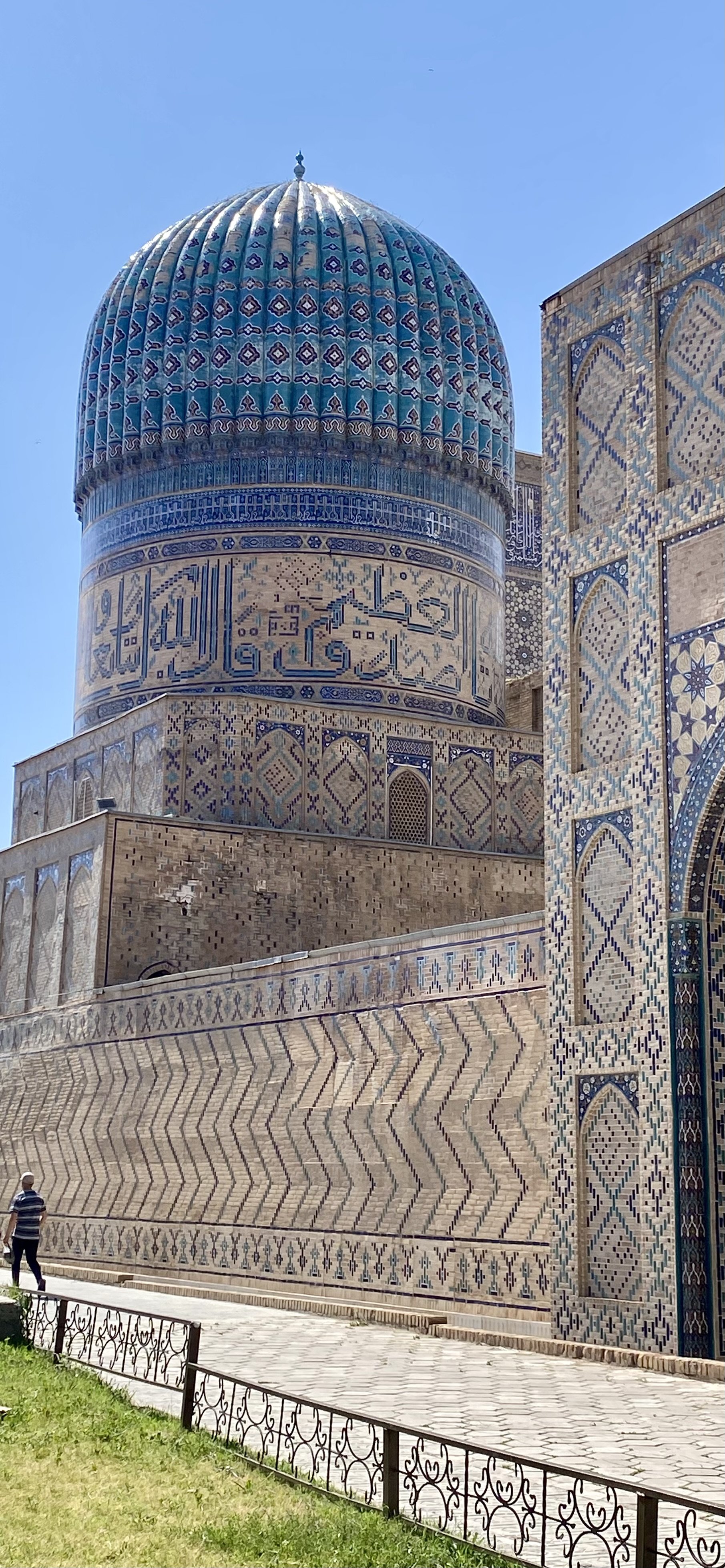The Splendours of Central Asia - whispers from the past and present - June 2024
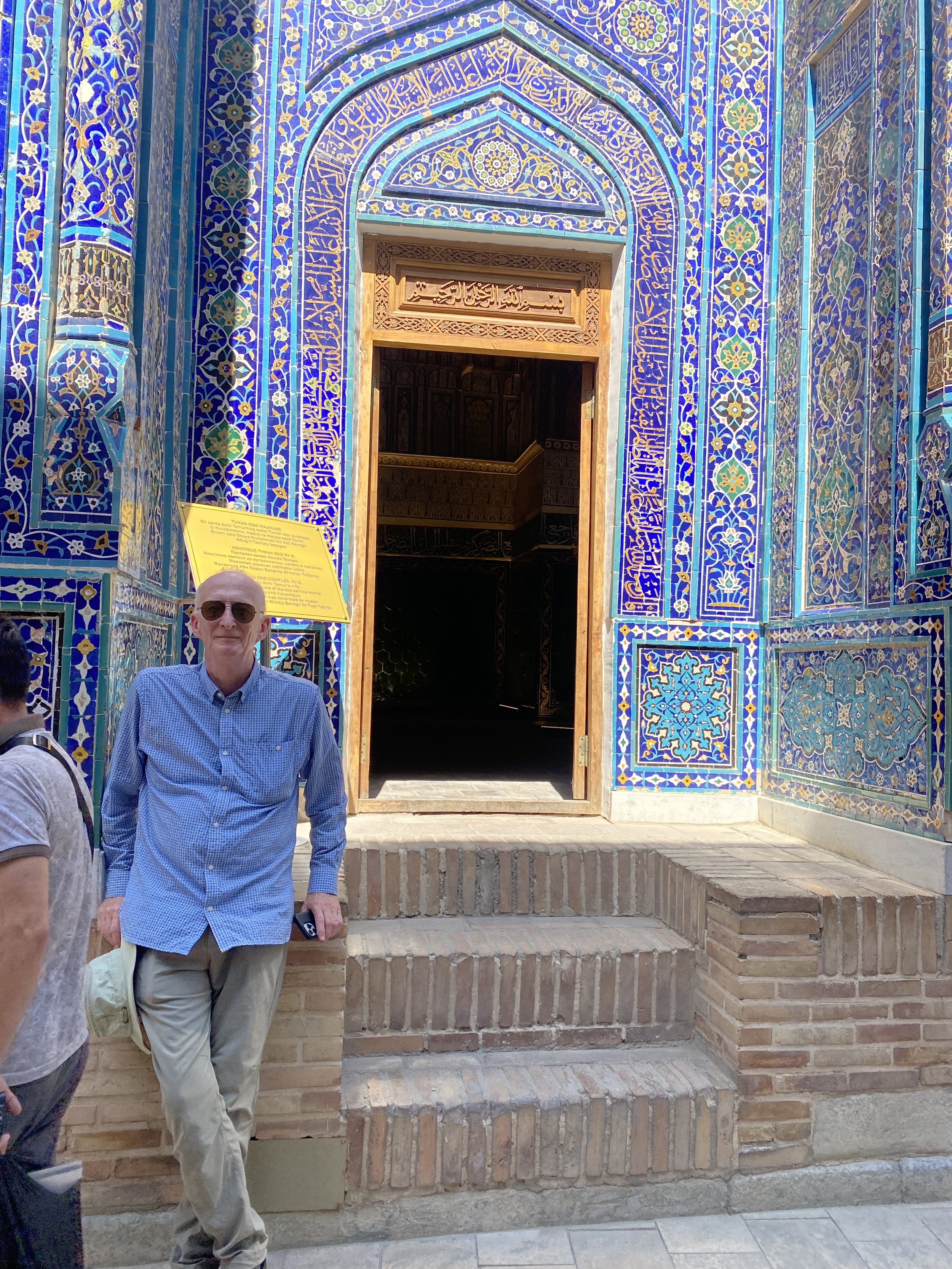
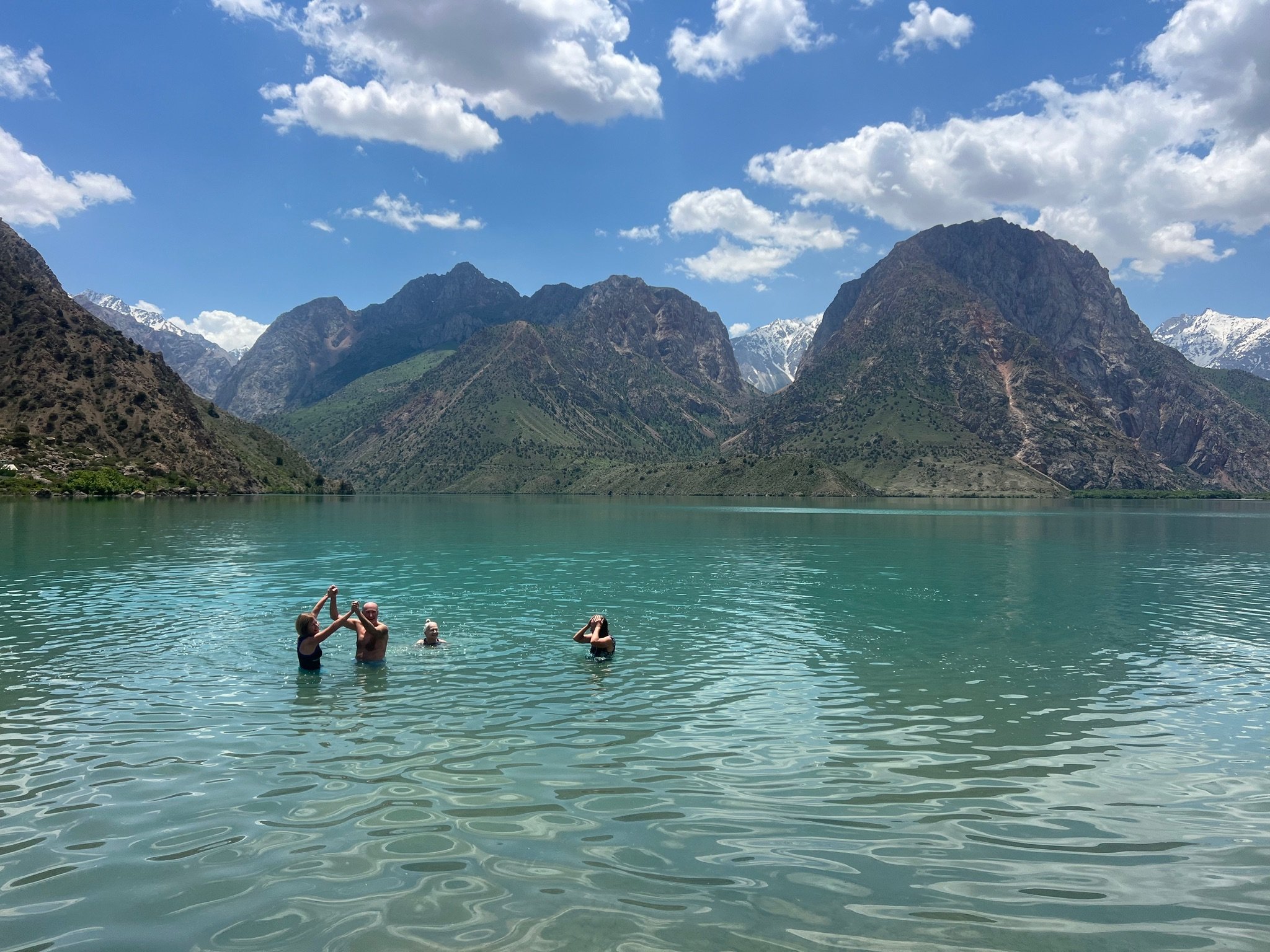
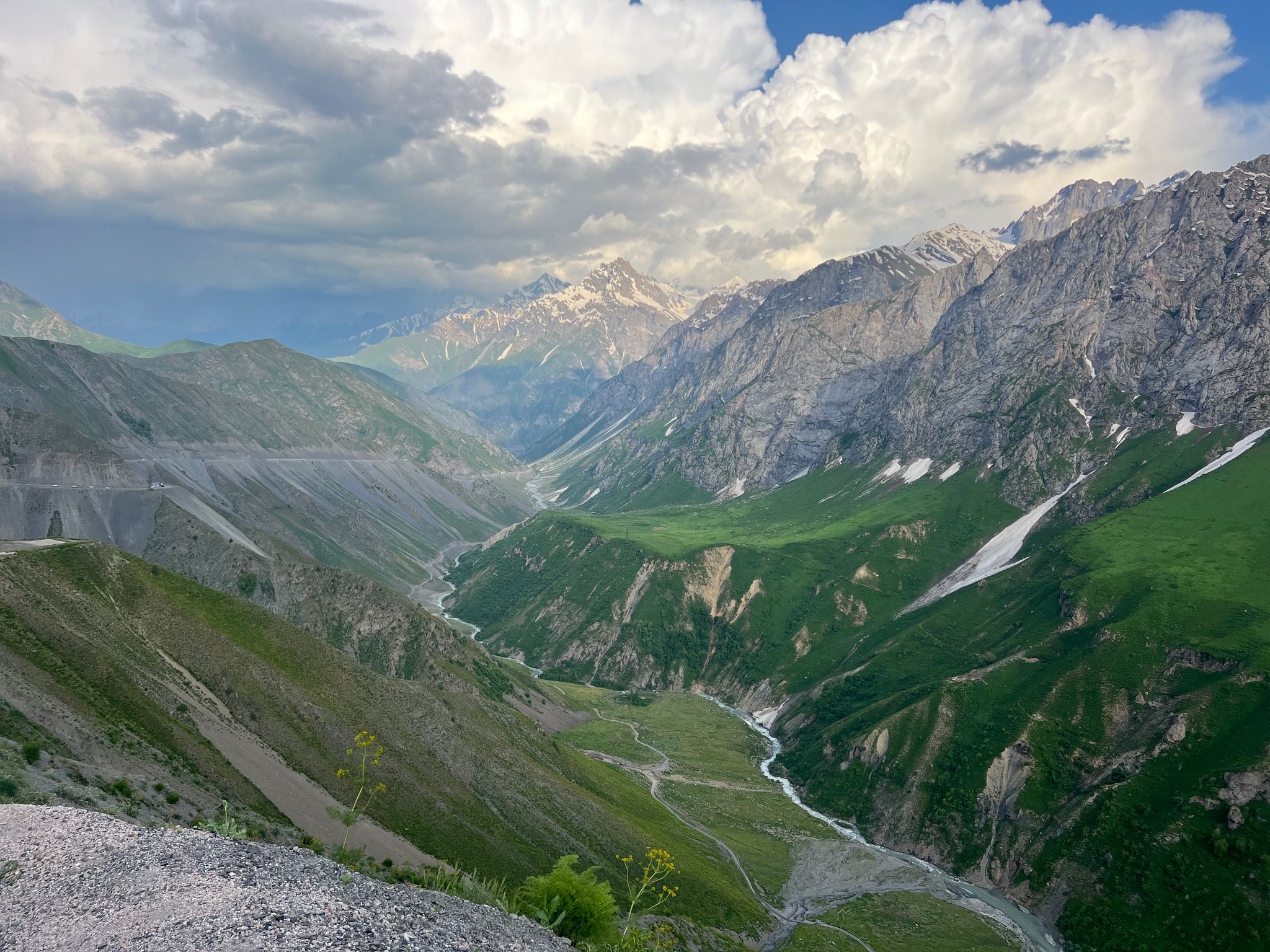
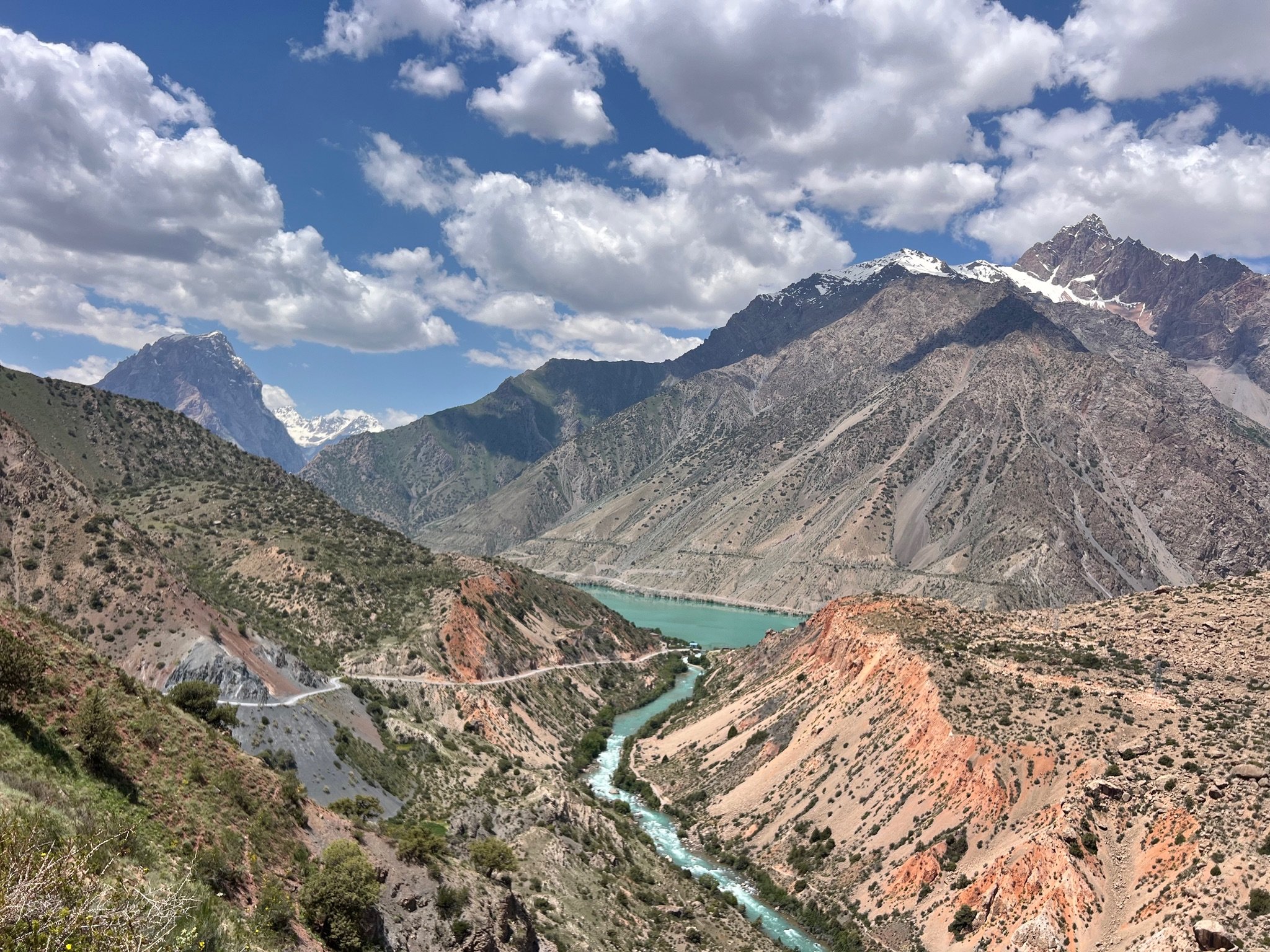
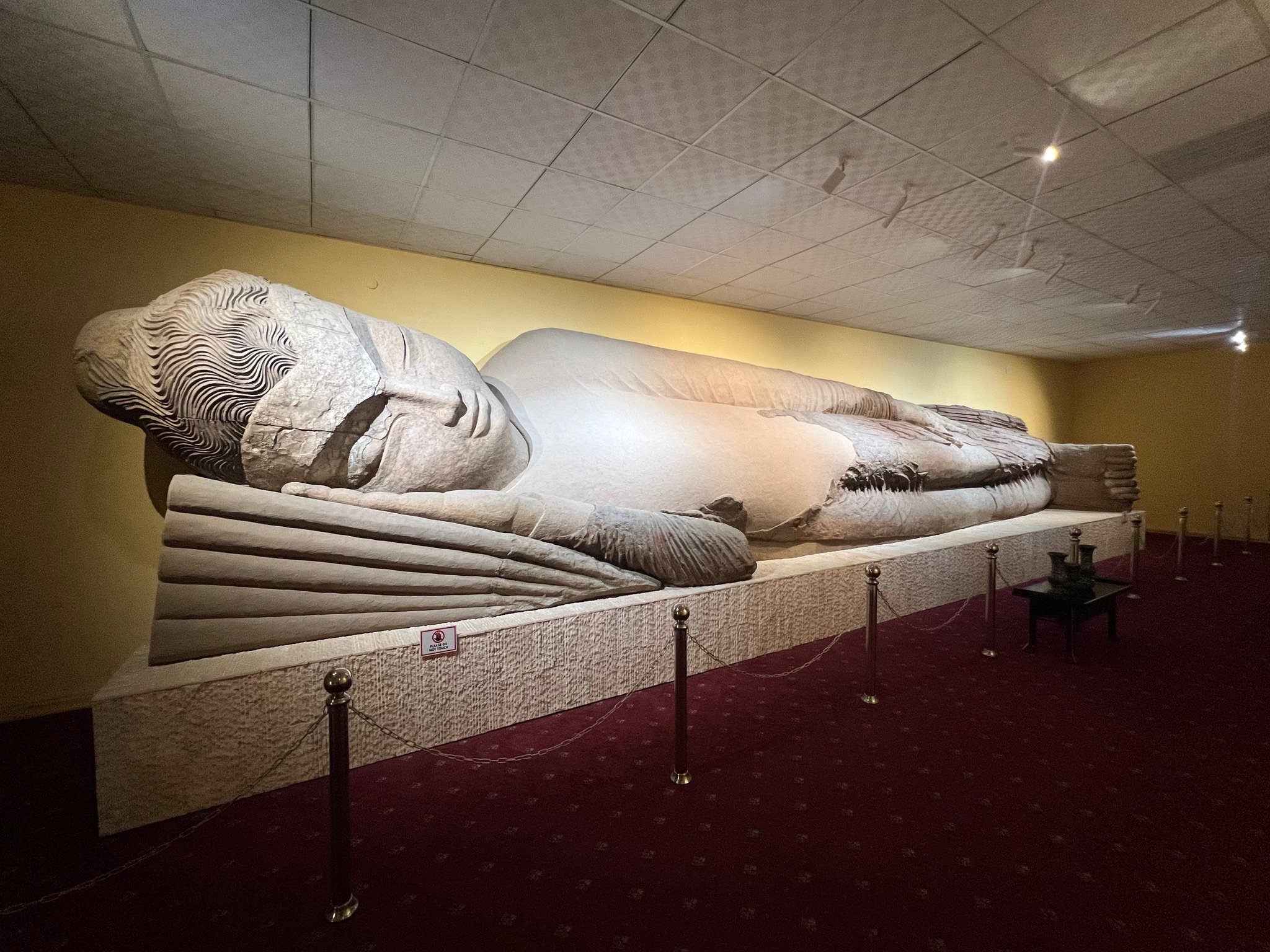
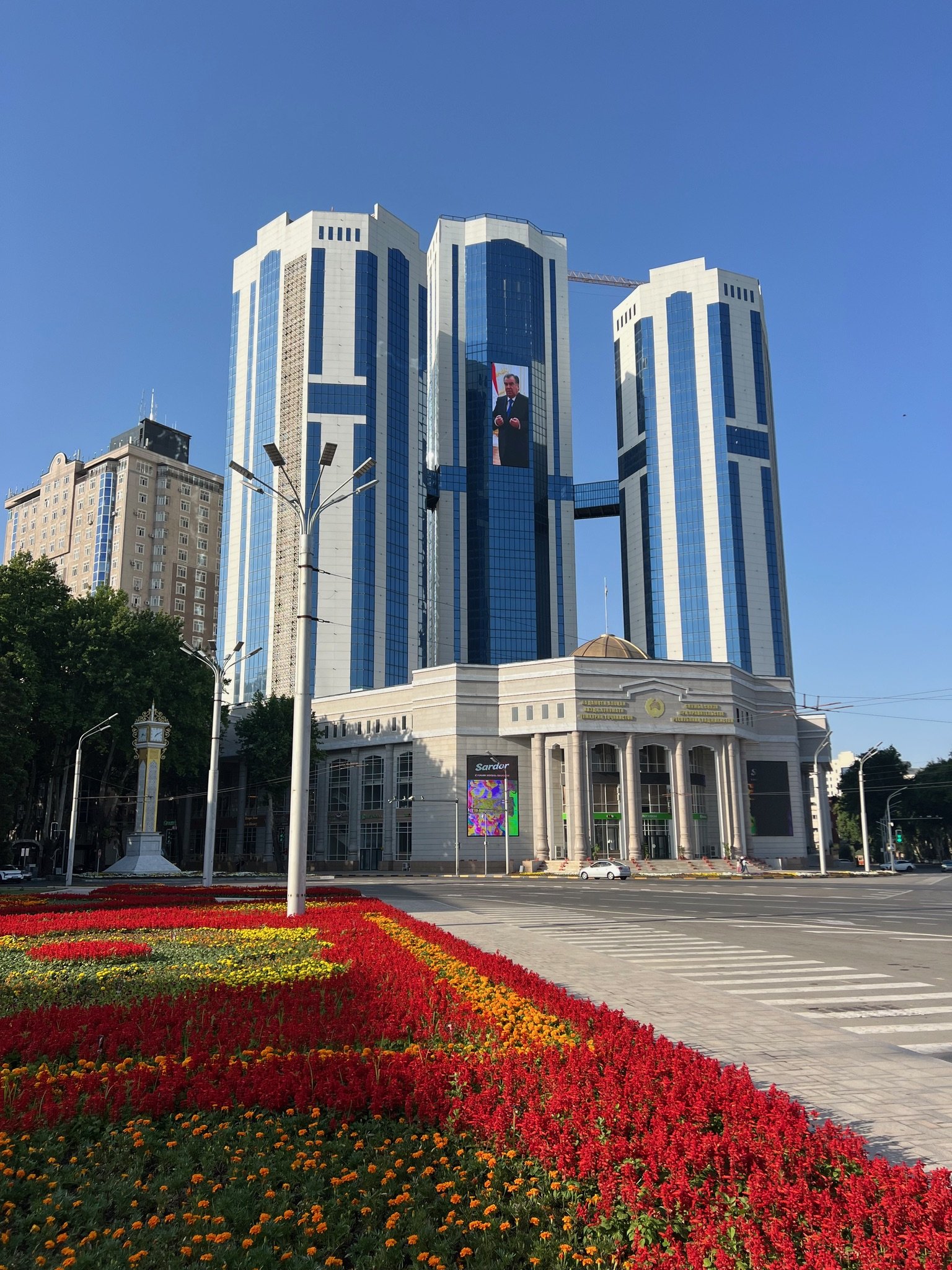
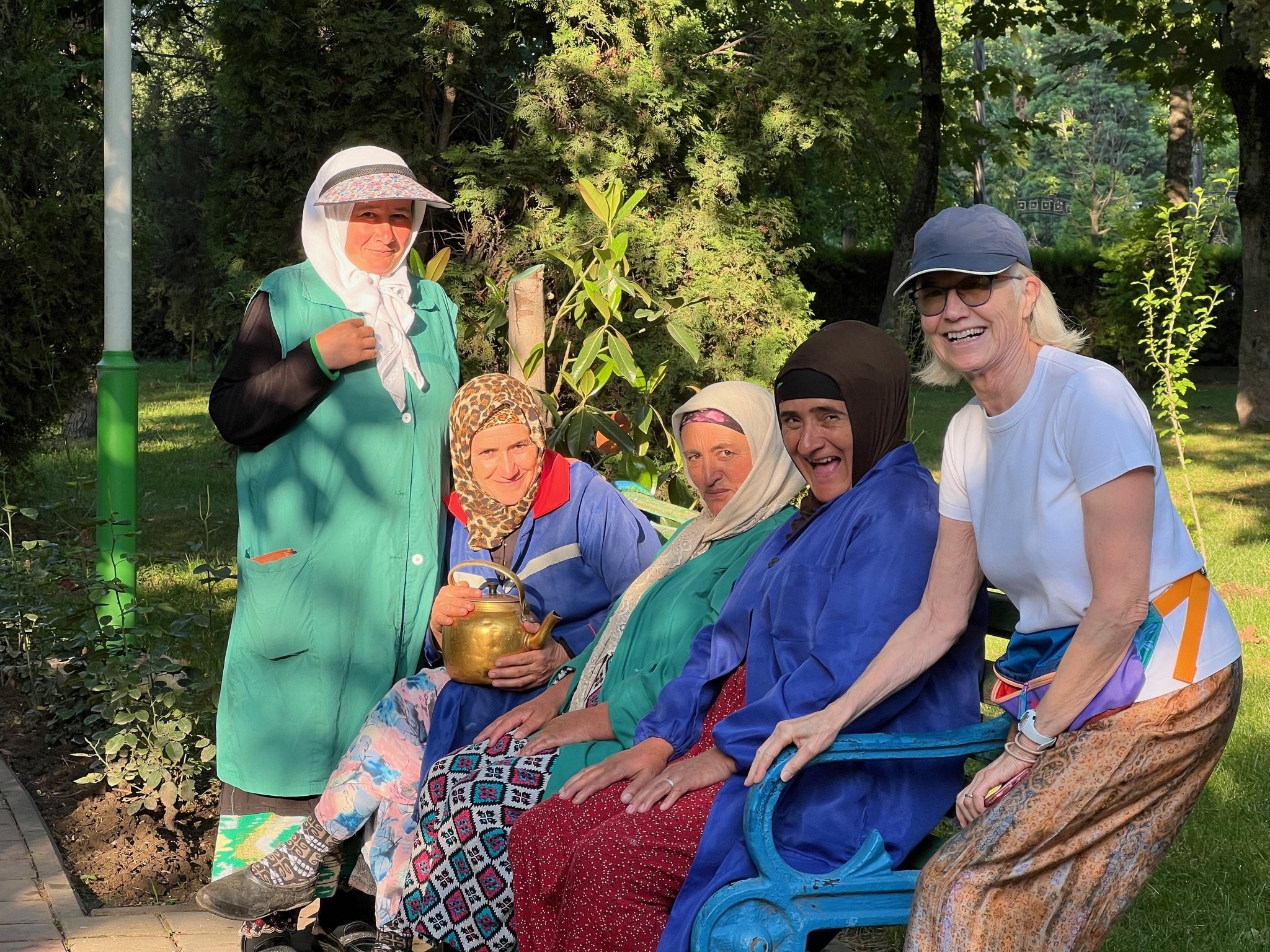
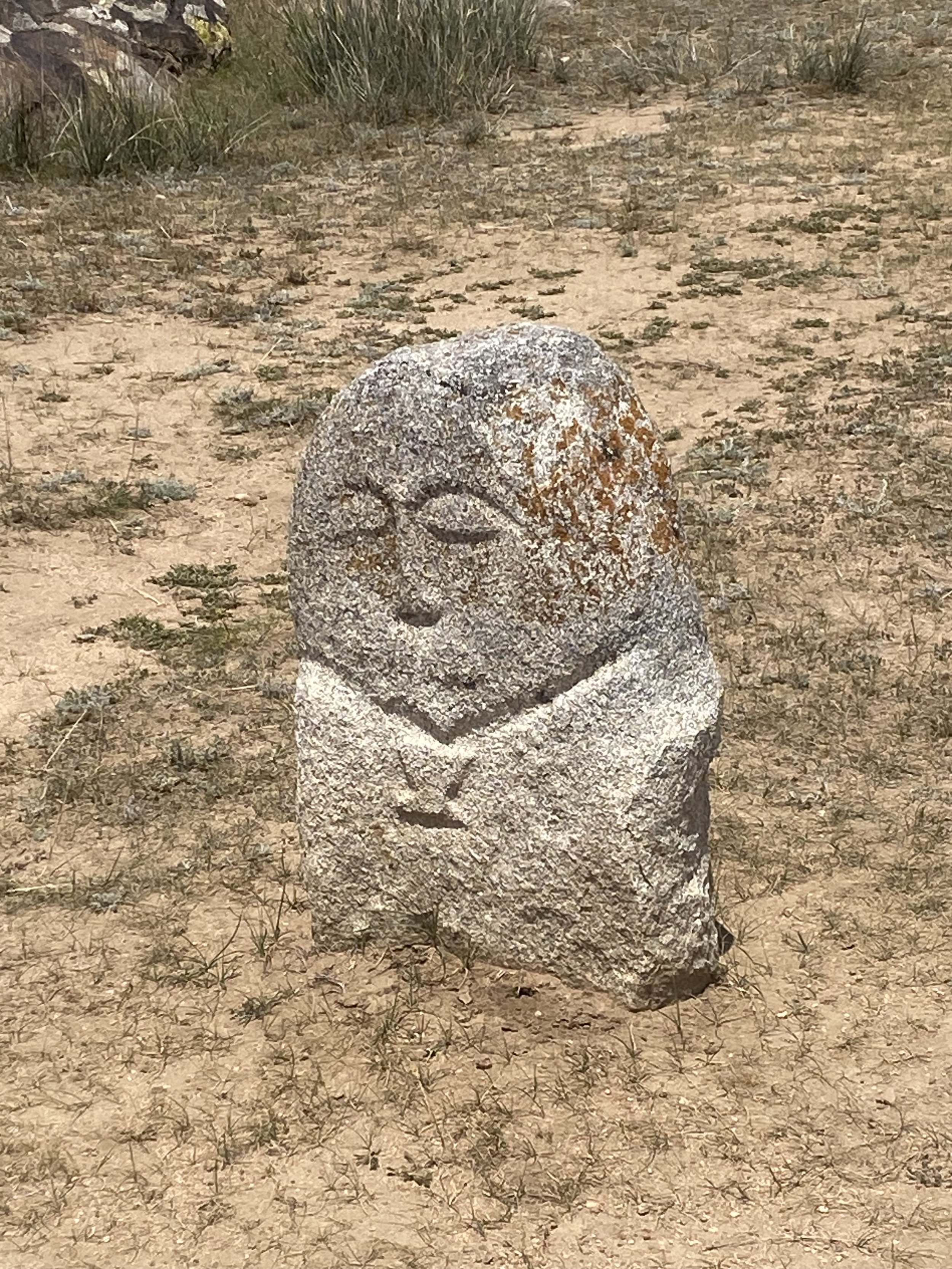
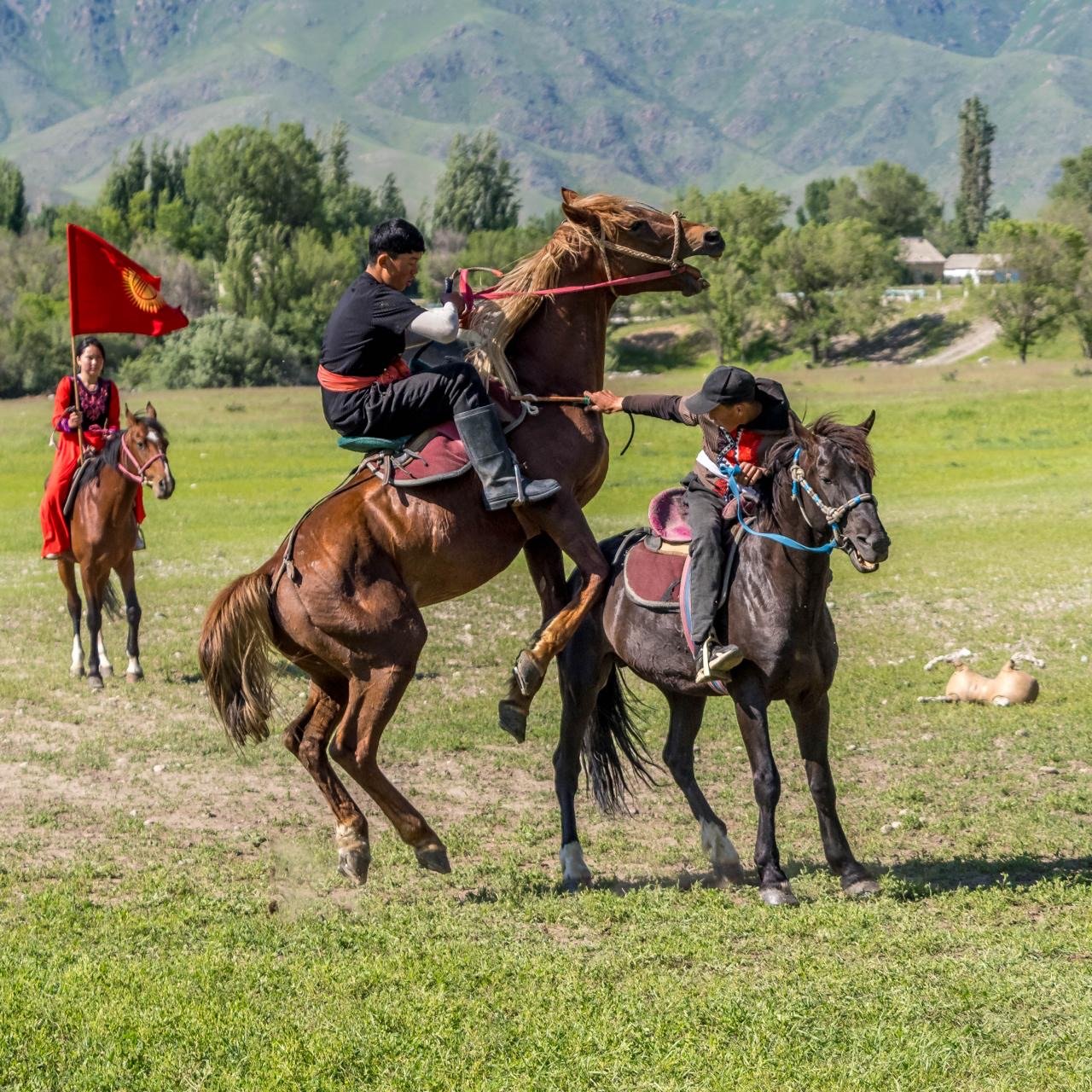
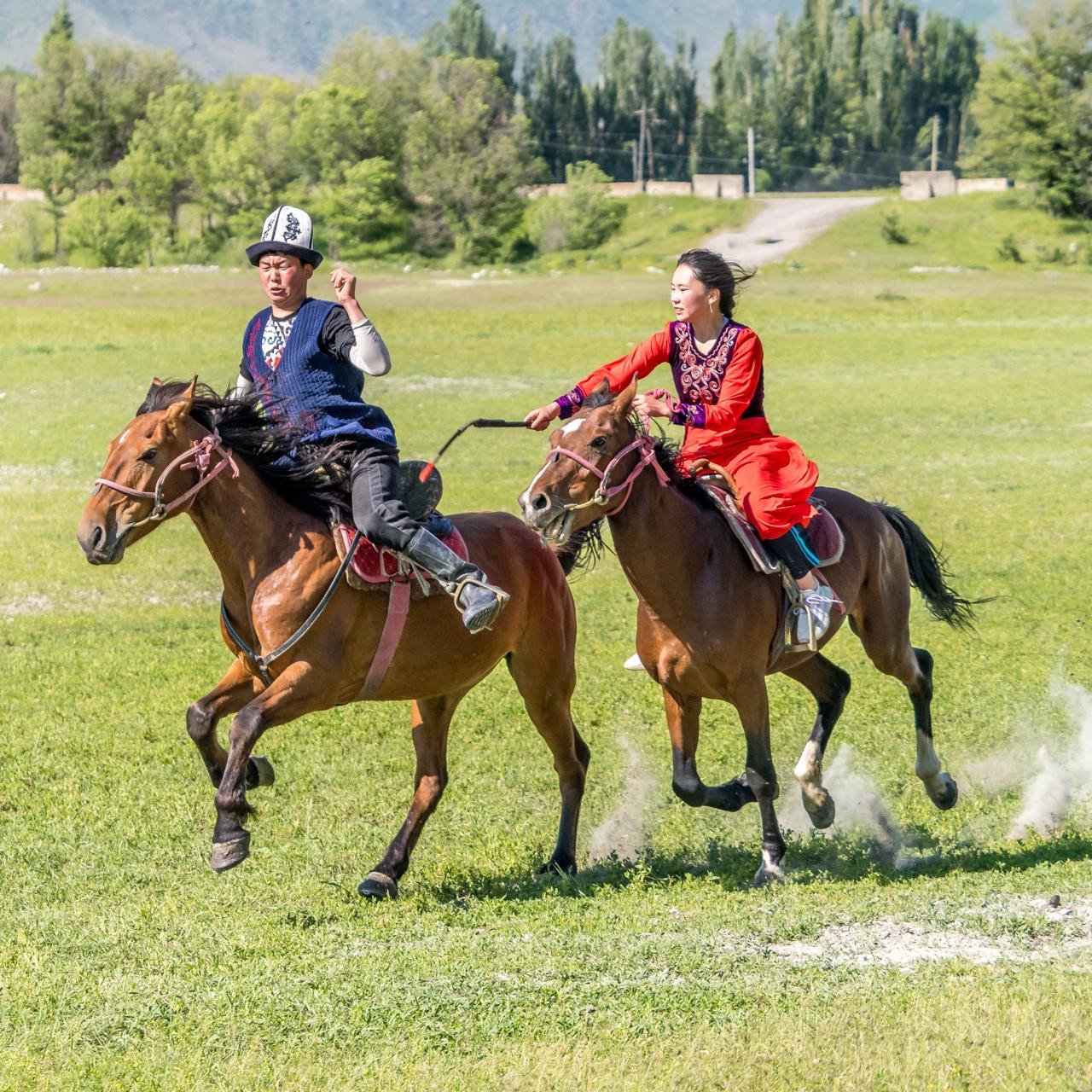
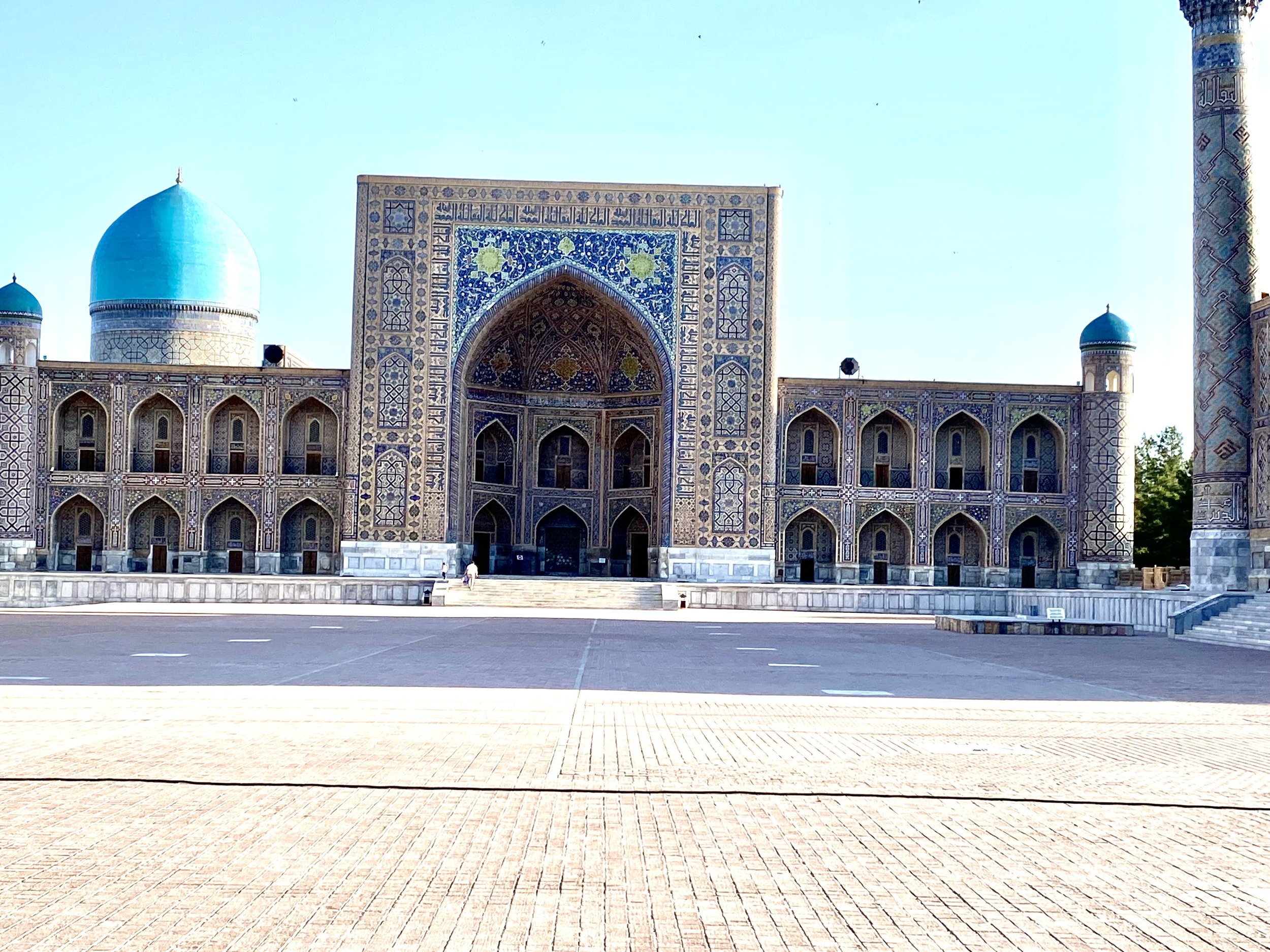
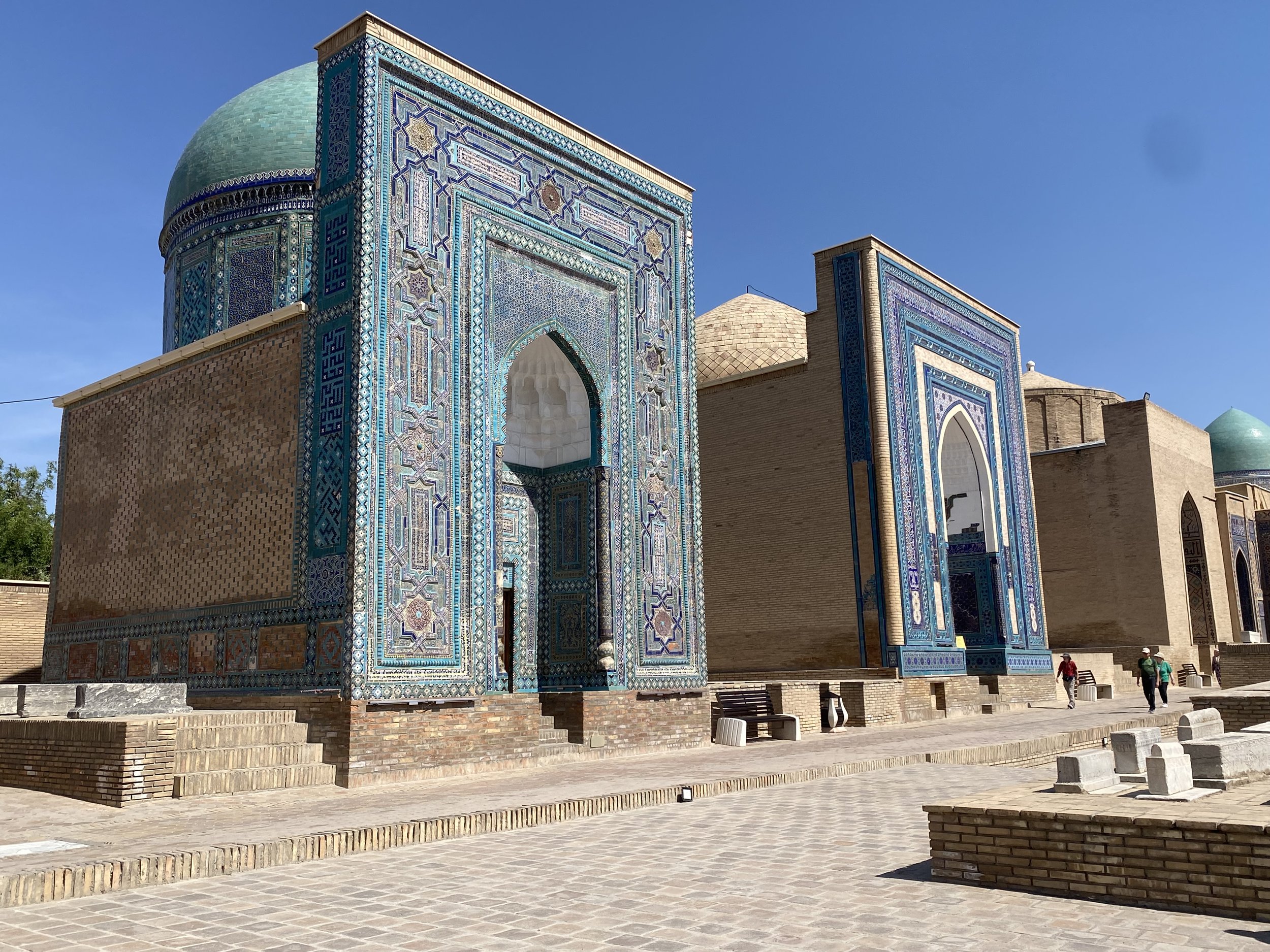
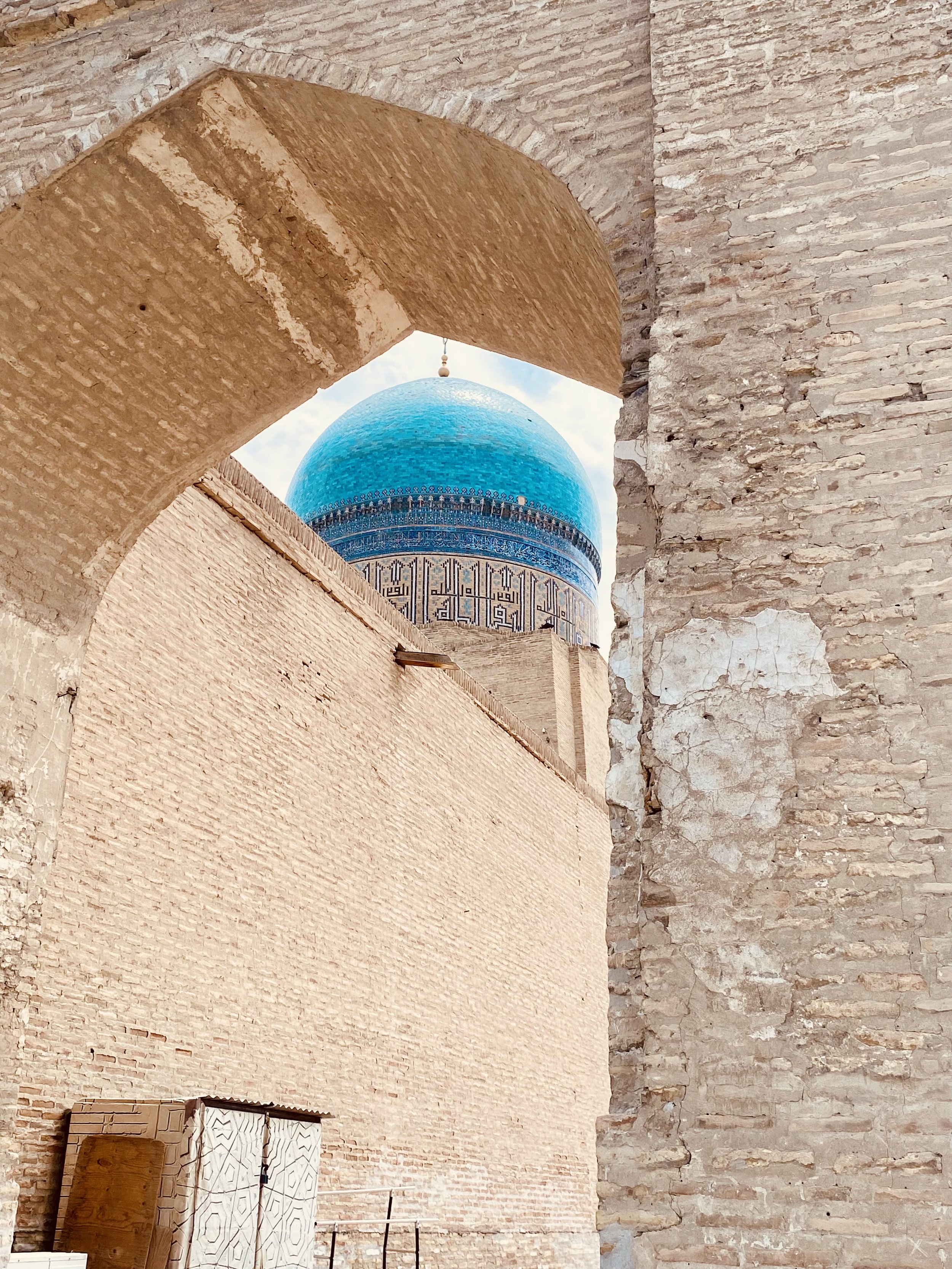
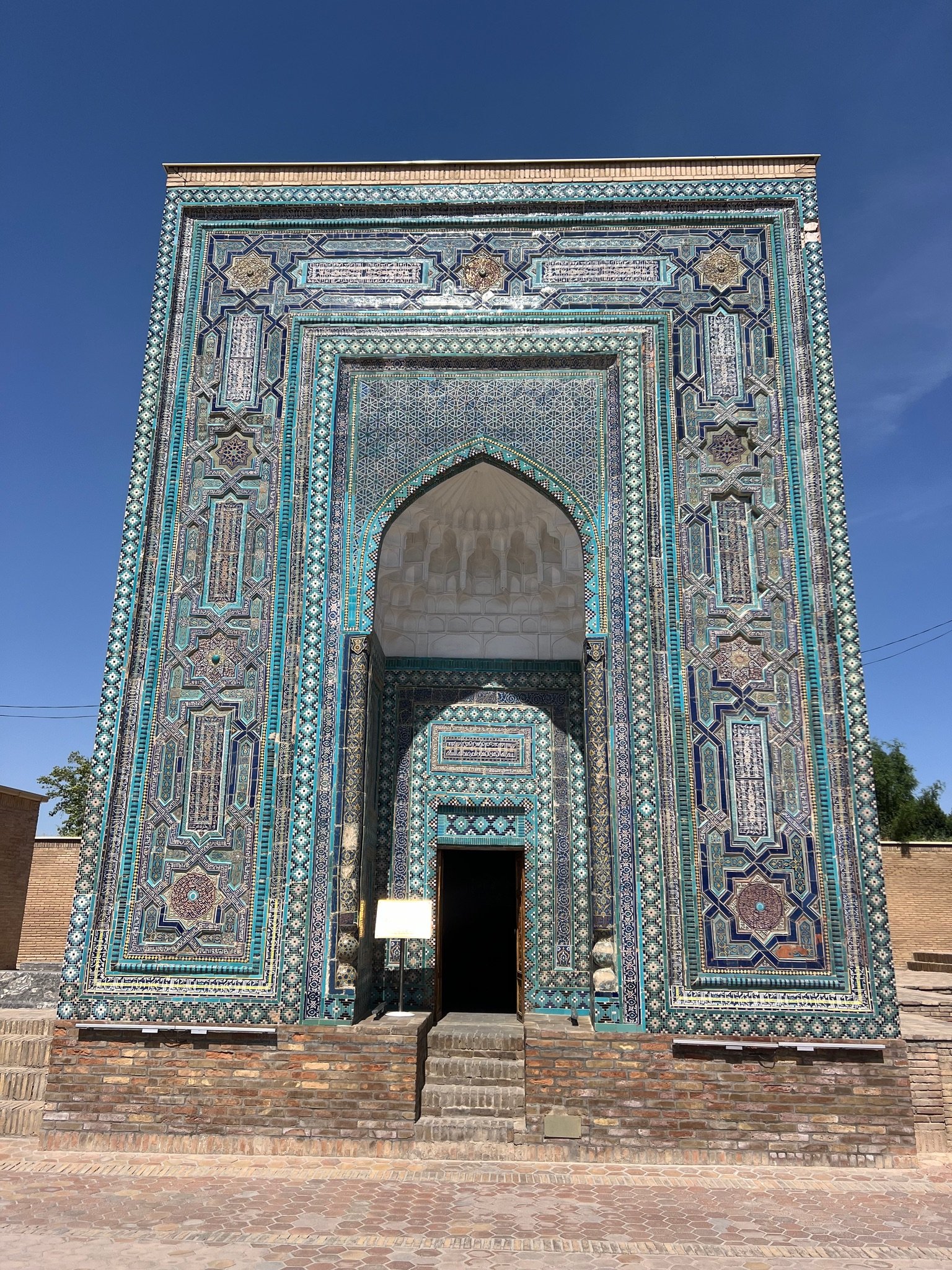

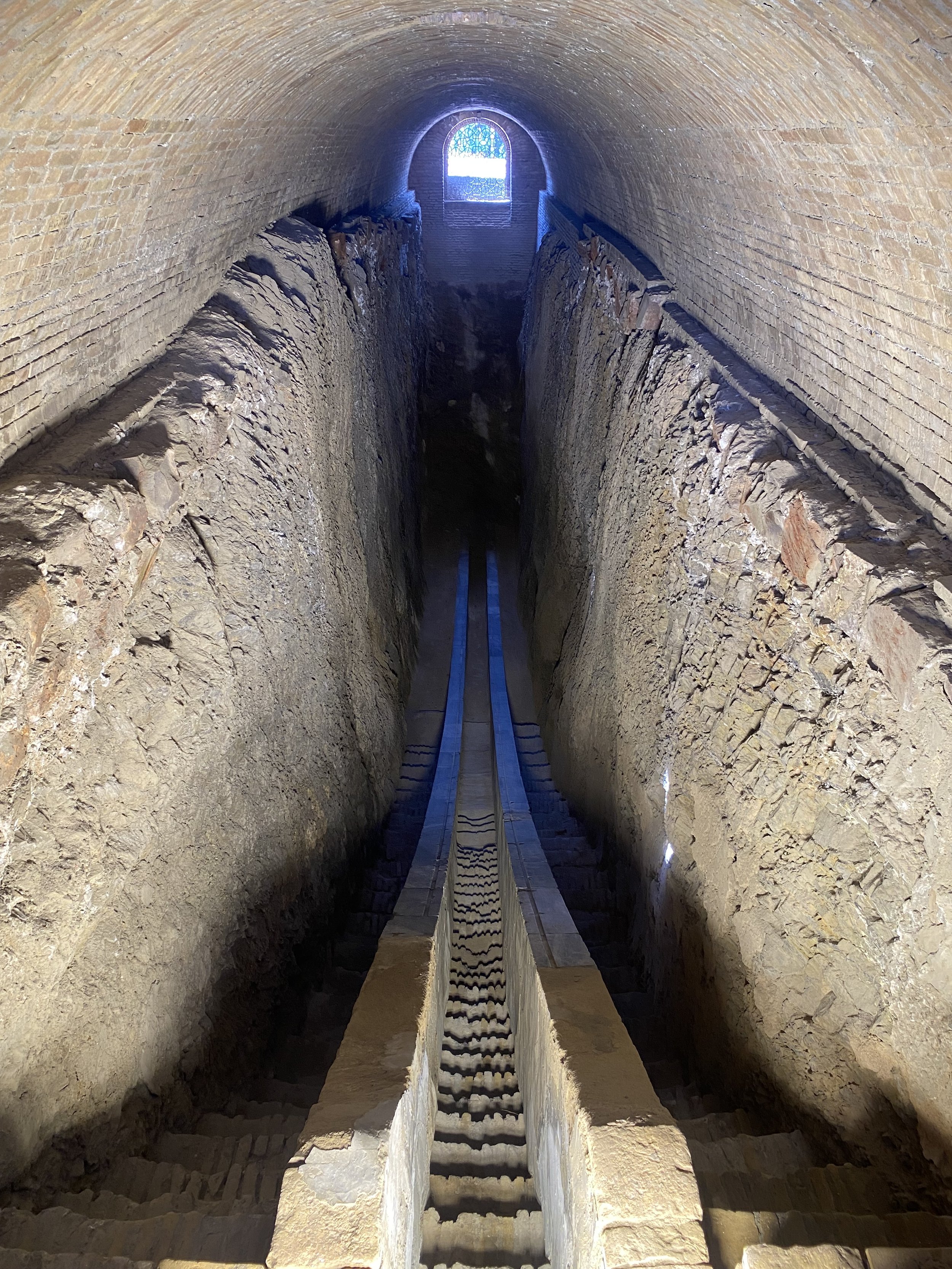
Winning First prize
In February 2023 I bought two raffle tickets in the annual NSW Art Gallery Travel and Luxury Draw. Several weeks later the gallery rang to say I had won first prize – a tour of my choice, for two, with Renaissance Tours. I was pinching myself for weeks afterwards. It wasn’t until the end of this remarkable trip into the 3 ‘Stans’ of Kyrgyzstan, Tajikistan and Uzbekistan that I decided to write down some of the extraordinary highlights we had seen - not only for myself but also for curious friends and family.
During this tour our wonderful expert guide, Dr Iain Shearer took us back into the abyss of time, criss-crossing millennia, and witnessing the many violent and political upheavals in these multi-ethnic regions. They included destructive dynasties such as Alexander the Great, Ghenghis Kahn, Amir Timur and the political earthquakes of the Russian regimes: the Romanoffs, communism and the collapse of the USSR in 1991. We saw many reminders of the divine from Zoroastrian, Buddhism, Islam and Judaism religions and how they too have shaped these cultures and countries over the ages.
Here are a few highlights.
Tajikistan’s beautiful Iskander Kul Lake and its surrounding dramatic landscapes beckoned us with its calm turquoise waters reflecting the surrounding rugged snowy peaks of the Fan Mountains . Despite the icy glacial-fed waters feeding the lake, four of us briskly and bravely dived into this magical ‘view’. Gloriously invigorating! To our surprise, the waters were not as cold as Issyk-Kul Lake, we’d swum in a few days earlier in neighbouring Kyrgyzstan. Hearing local legends about Iskander Kul, or Alexander the Great (356-323 BCE) on whom this lake is named, and his horse, added to the charm. A tasty lakeside lunch followed with the usual salads, hot vegetable soup (much needed post swim!) and wonderful seasonal fresh fruits of cherries and apricots.
To arrive at Iskander Kul Lake, we had traveled from Tajikistan’s capital Dushanbe through breathtaking (literally) arid mountainous scenery, alternating with colourful canyon walls. We passed mining towns (mining zinc and silver), terraced slopes with small villages along the Zerafshan river valley. Our coach driver calmly faced twisty roads: numerous hairpin bends and 22 tunnels, two of which were 5 km long - one with no lights. At one exit, I saw a truck stop behind two donkeys who were enjoying a nonchalant nuzzle.
Welcome to Tajikistan! A landlocked country full of surprises and contradictions. Independent in 1991 following the collapse of the USSR and the ensuing awful civil violence, it has been ruled by 72-year-old President Rahman since 1994 and don’t we know it! Everywhere you go (and I mean everywhere) you see his ‘handsome’ face adorning buildings, new and old. He has ruled for three terms, and, to many, he represents peace and stability. Tajik is the national language of Tajikistan and Tajiks are Farsi speaking. They share close kinship and their language with Iran although Tajiks are mainly Sunni Muslims, and the latter Shia.
Dushanbe is a young and attractive city, virtually unknown in the west. Named after the Tajik word ‘dush’ for Monday, it has wide, straight, plane tree-lined streets (enjoy these trees while you can; there’s talk of removing them), dominant Soviet brutalist public buildings, squares, parks and flowers… and modern icons such as the golden statue of the ancient king: Ismoli Somoni, considered to be the modern Tajikistan hero. Not to mention the trolley buses which reminded me of London’s bygone days. And we can’t forget their massive flagpole, the fourth tallest in the world! President Rahman is not so much showing off - more trying to show that the glorious new future is here in his beloved country. We stayed on the main avenue of the city, Rudaki Avenue, named after the legendary Tajik poet, singer, and musician. His attractive memorial stands in the central park. Despite the appearance of a wealthy city, Tajikistan is supposed to be the poorest of the Stans. Hard to believe in Dushanbe!
Still in Tajikistan but in the capital’s National Museum of Antiquities many of us were struck by the massive 13-metre-long reclining ‘Buddha in Nirvana’. Led by Soviet archaeologists, it was unearthed in the 1960s during excavations at the Buddhist monastery of Ajina-Tepe in southern Tajikistan. The clay statue, created about 1600 years ago, has Buddha lying on his right side. Its sheer grandeur and gentle Mona Lisa smile ‘spoke’ to me and led me to stop and reflect on the deep time I was repeatedly witnessing on this trip. In addition, the intensity of our schedule ensured we were totally in the present. Very Buddhist! Interestingly, I returned to these photos of Buddha throughout the trip – offering me a much-needed breathing space.
Connecting with deep time was a key feature of this trip as we visited many archaeological remains and heard their whispers. The ancient ‘balbals’ in the Cholpon-Ata area, Kyrgyzstan, were another impressive example. All 42 hectares of them! This ‘open air’ museum featured ancient petroglyphs (rock engravings) and balbals, dating from the 2nd millennium BCE up to the 4th century CE.
Still in Kyrgyzstan, everyone admired the Kyrgyz’ remarkable horsemanship and ‘horse games’ which we glimpsed during a special show put on for us. We all loved watching the teenagers’ riding skills, their athleticism and agility. The only girl, 16-year-old Adelina, amongst 10-12 boys held her own in every way. One game had the boy rider trying to catch Adelina and if he succeeded, his reward would be a kiss. No success that day. Another game saw teams competing for a 25 kg goat ‘carcass’ to be thrown into a two metre circular goal. Superb horse mastery! I asked beautiful Adelina, who was tiny (under 5 feet), what she’d like to do once leaving school. ‘Start a riding school’ was her reply. It was wonderful to see teenagers playing with horses and not on their phones.
Now to the jewel in the crown - Samarkand city in Uzbekistan (once known as Transoxania), and its dominant sparkling turquoise Timurid inspired domes and mosaics.Samarkand was a major Silk Road trading hub for more than 2,500 yearsand is a melting pot of the world's cultures. Founded in the 7th century BCE, as ancient Afrasiab, Samarkand had its most significant development in the Timurid period from the 14th to the 15th centuries when Amir Timur (1336-1405), a ruthless Turkic conqueror,laid the foundations for Samarkand’s legendary status. In the west we know Timur as Tamburlaine through Christoper Marlowe’s play of this name.
Its magnificent renovated monuments include Registan Square with its three madrasas, Bibi-Khanum Mosque, the Shah-i-Zinda Necropolis compound and the Gur-Emir ensemble, as well as the extraordinary Observatory built by Timur’s very talented grandson Ulugh Beg. More anon about him.
For sheer majesty, it’s hard to beat the Shah-i-Zinda necropolis with its narrow but stunning avenue of eleven mausoleums and incredibly rich and intricate varied tileworks. It reminded me of an exquisite blue-green quilt. This small complex of twenty fabulous tile covered structures is a monument to the dead and has domes dominating the tall entry walls. Although these rich and gorgeous colours of the tiles: lapis lazuli-blue, turquoise and golden beige are attached to the buildings’ façade, their patterns and architectural details differ. Ironically, the words Shah-i-Zinda means ‘The living king’ in Persian. Entrances are grand and often decorated with Arabic script. The main complex of Kusam-ibn-Abbas is a place of pilgrimage and, as we sat there, an Imam recited verses from the Qu’ran and people prayed with him.
Uleg Beg, Timur’s grandson and mathematician extraordinaire is another gem in the crown. Not as glittery maybe, as his fame lies in the mathematical and astronomical data he produced. He built the oldest building in Registan Square, the Ulugh Beg Madrasa, which was the leading madrasa in its day.
Uleg Beg also built an enormous three-story circular Observatory, topped with a massive sextant, which was carefully calibrated and over 100 feet in radius. It produced extraordinary results including a set of new tables, 300 pages of mathematical charts and quantitative data and fixed the precise location of 992 stars. All in the 15th century! Today all that is left of the Observatory are the remains of the massive sextant [shown here] which on its own is incredibly impressive. Equally moving was the adjacent Ulugh Beg Observatory Museum, built in 1970 with its reproductions of Arabic manuscripts, Ulug Beg's star charts, a model of the original Observatory and a star catalogue. There is even mention of Greenwich Mean Time, in Greenwich Park London, near where we had once lived. More connections to the past!
The people in the Stans were warm hearted and friendly, wanting their photos of us as well as vice versa. I often wondered what their lives were really like, especially for the women. So much changed after the break-up of the USSR. To our surprise and contrary to the Press, there were some positives under the Soviet regime namely more equality for women, less religious extremism, universal education and cheaper food and transport. After the collapse in 1991, things changed immediately, and many people lost their money and jobs overnight. Numerous men from the Stans now work in Russia as there is not enough employment in their own countries. Over 1 million have gone from Tajikistan alone.
The Splendours of Central Asia - a fabulous trip from start to finish - was full of awe and wonder. Each country had its beauty, but the people and their incredible history and resilience stole our hearts. Our guide Iain, whose amazing encyclopedic memory and wonderful depth of historical knowledge and insights, inspired me to learn more about these little-known places and epochs, and I’m loving the podcast Empire. Only a few places such as Samarkand and Bukhara (another jewel!) are currently on the tourist map but only just. In time, these spectacular places will become as popular as Venice or Rome, so we were very grateful for our immersion now, before the great invasion from the west.
